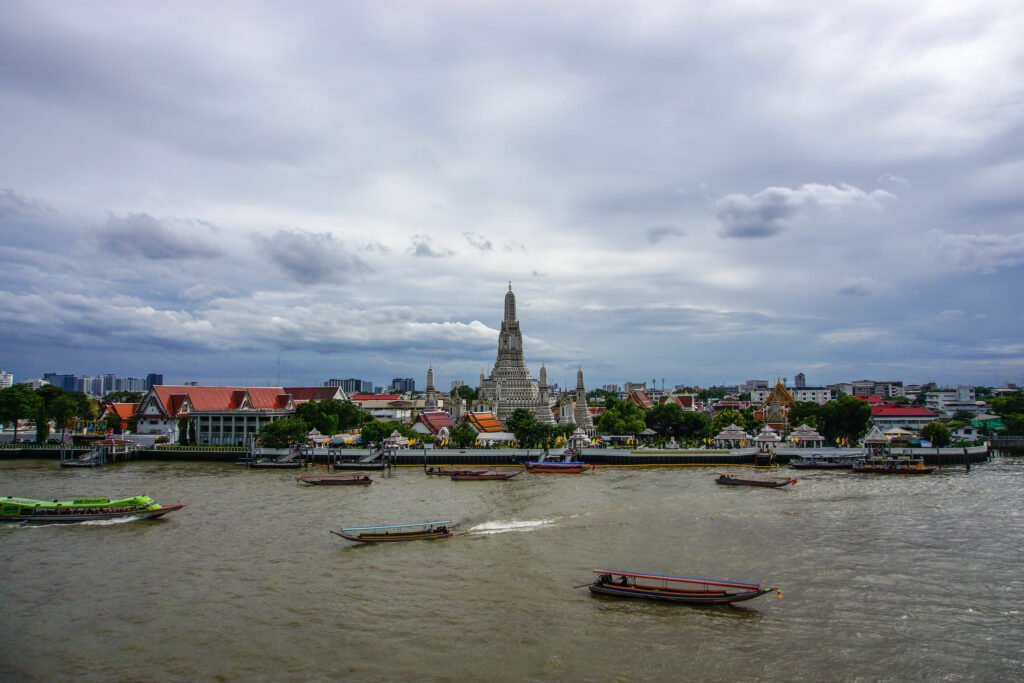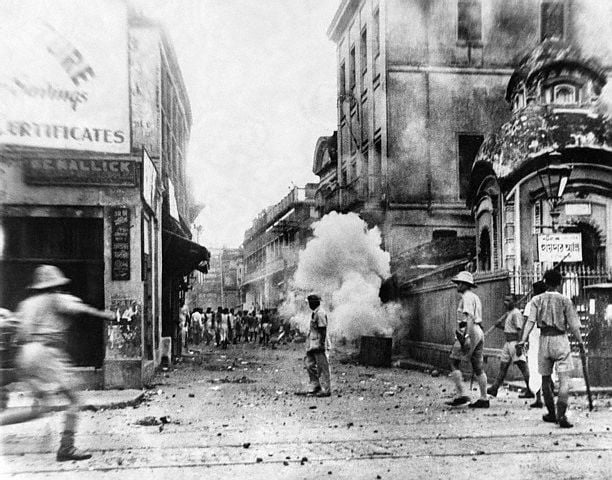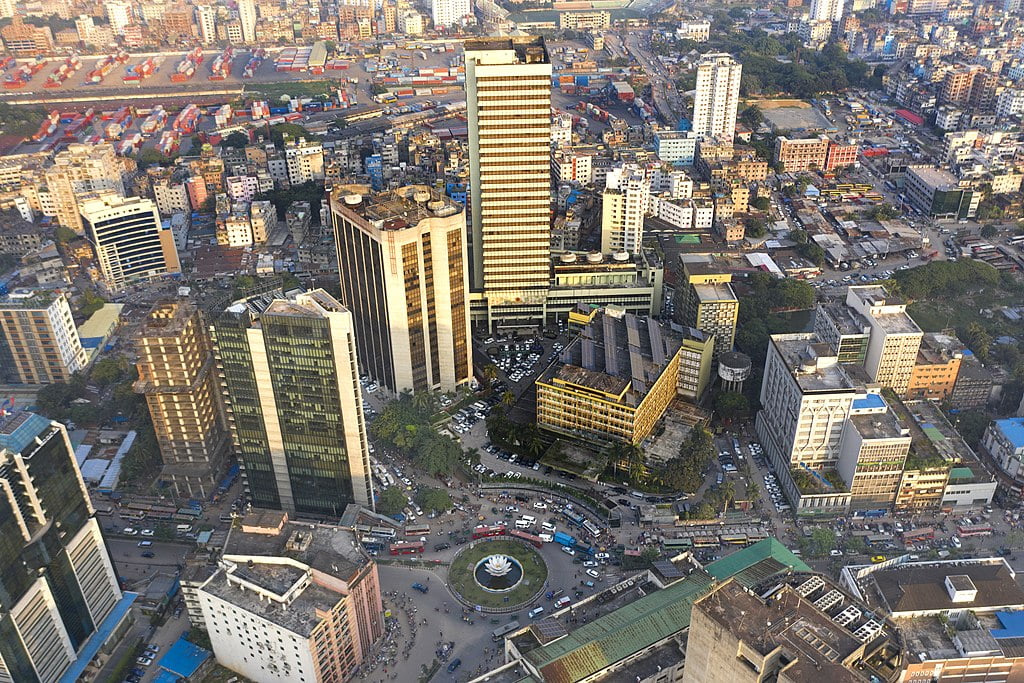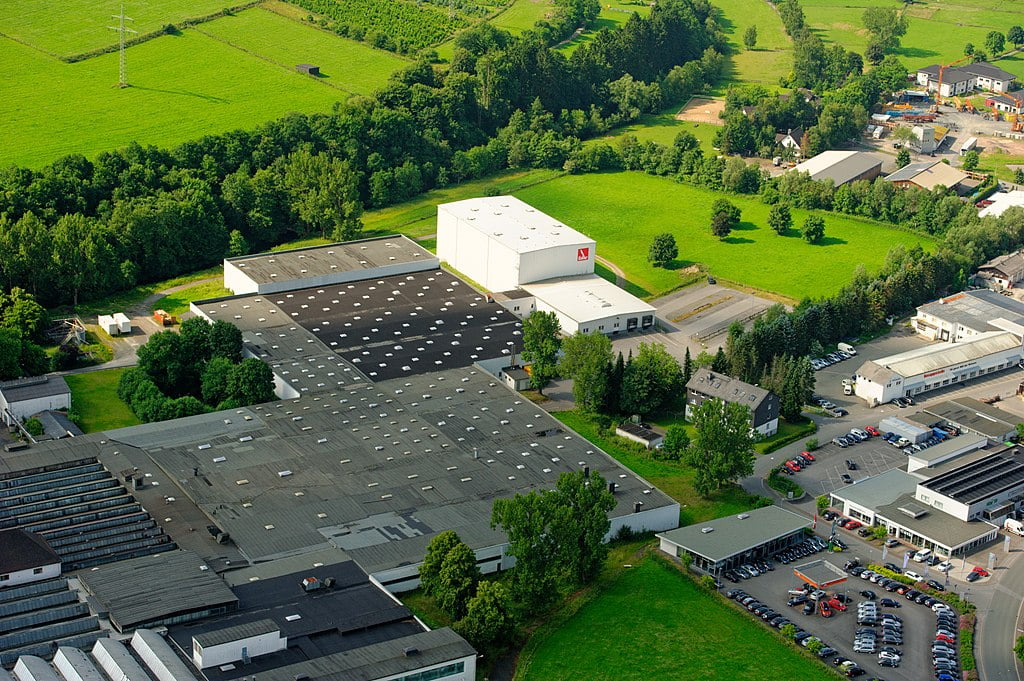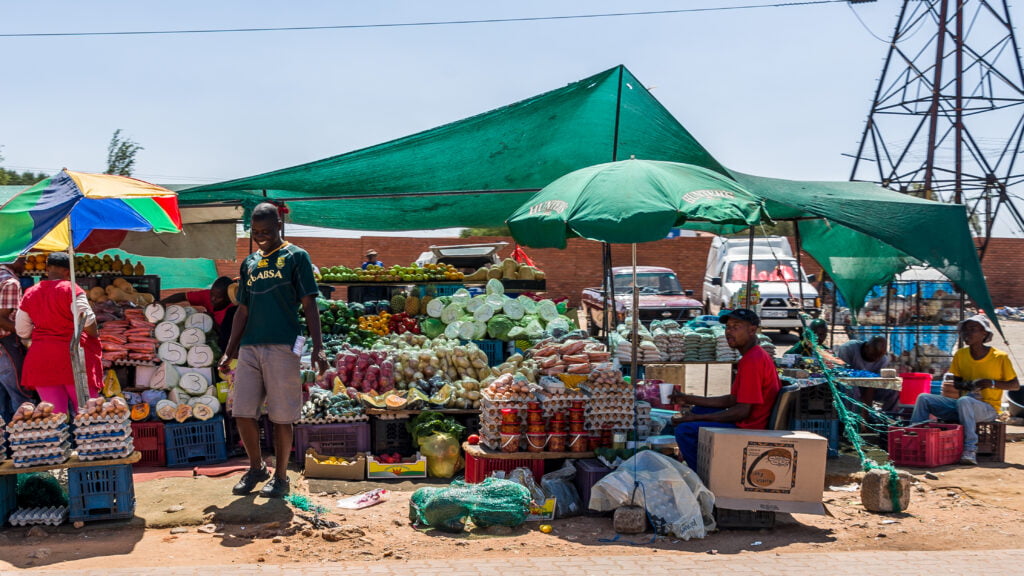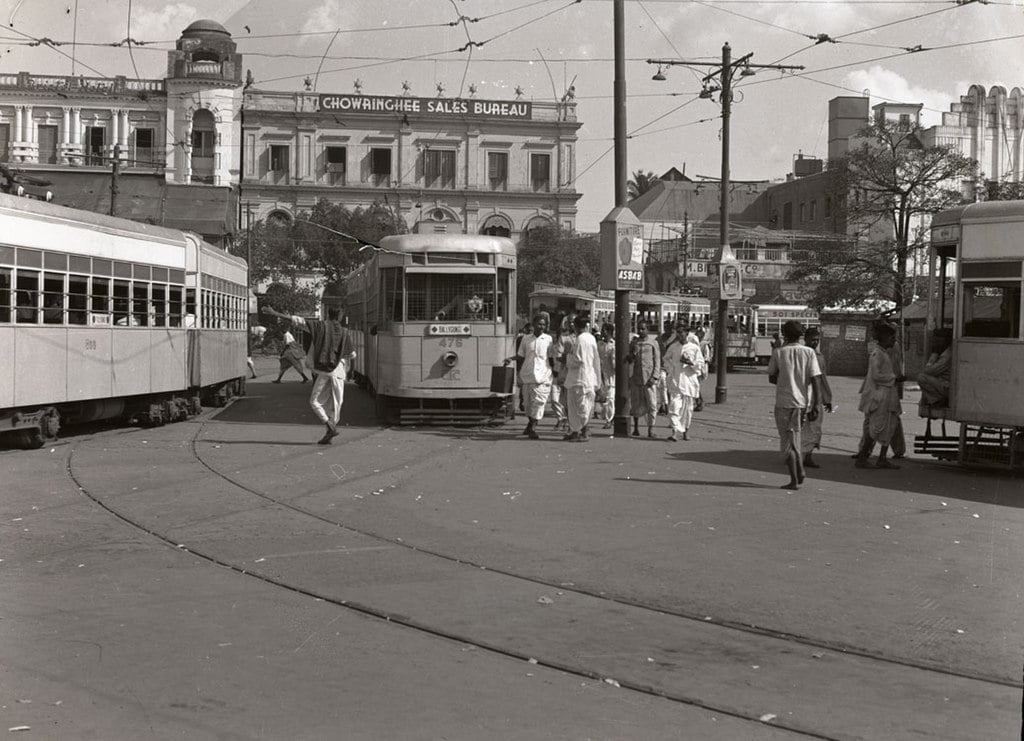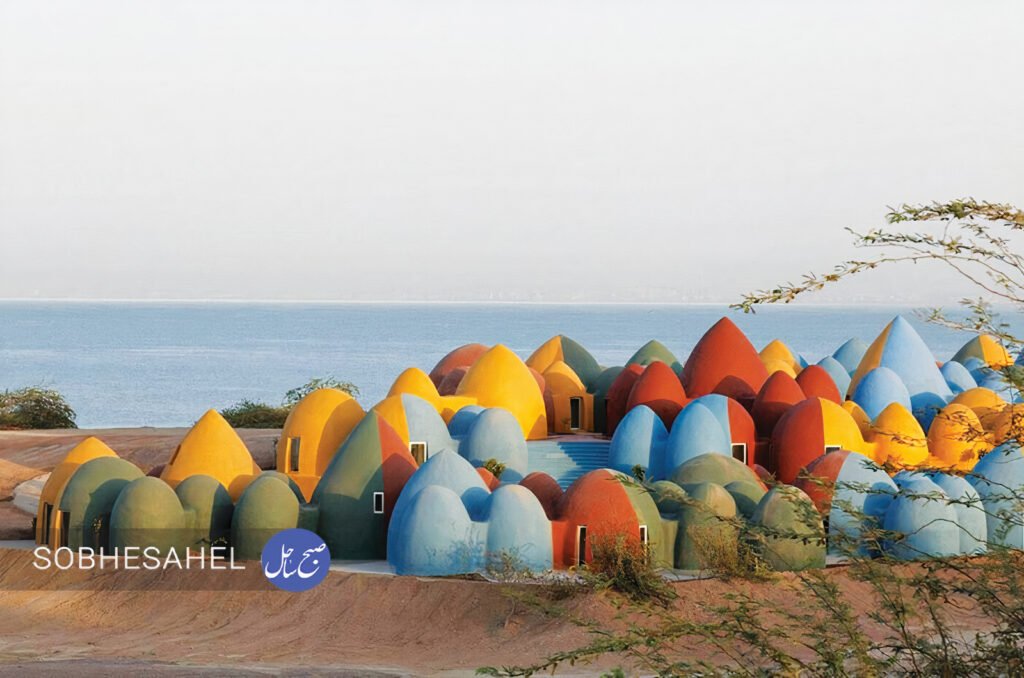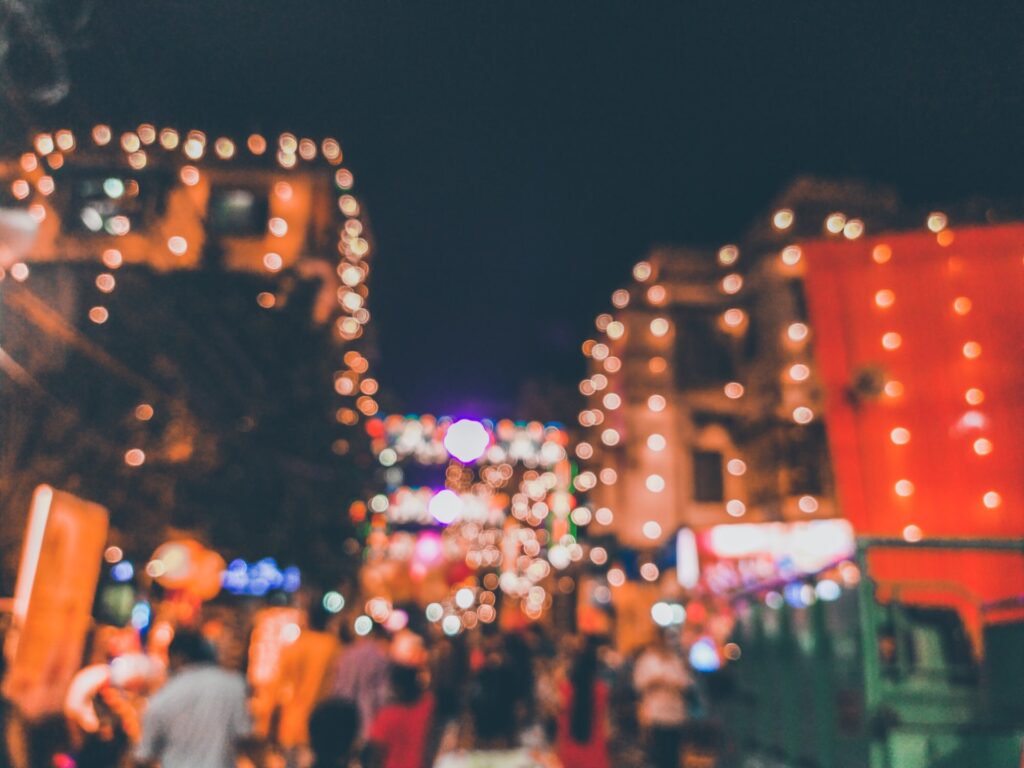We use cookies to improve your experience with Monash. For an optimal experience, we recommend you enable all cookies; alternatively, you can customise which cookies you’re happy for us to use. You may withdraw your consent at any time. To learn more, view our Website Terms and Conditions and Data Protection and Privacy Procedure.
Cities after colonialism
Published on January 12, 2023Cities in former colonies are now among the biggest and fastest-growing in the world and need to be prepared for unpredictable futures.
 Colonialism continues to hang heavy over some of the world’s most vibrant cities, overshadowing their development. : Michael Joiner, 360info CC BY 4.0
Colonialism continues to hang heavy over some of the world’s most vibrant cities, overshadowing their development. : Michael Joiner, 360info CC BY 4.0
Cities in former colonies are now among the biggest and fastest-growing in the world and need to be prepared for unpredictable futures.
When the European colonial powers departed their territories in Asia, Africa and Latin America, they left behind transformed cities. And the echo of colonialism continues in those cities today.
As Europe shifted from feudalism to capitalism and from a farming-based economy to an industrial one (and with it the shift of power from the aristocracy to an emerging middle class), the cities in the colonised nations were put in service of the trade, shipping and other mercantile needs of the colonisers. The term “postcolonial cities” is seen by some social scientists as problematic, however, broadly the term refers to cities with a colonial past.
It changed existing cities and dictated the form of newer ones. Mining towns, port cities, and railway towns that developed to service trade, and cantonment towns for the armed forces.
The influx of new settlers and migrant workers transformed demographics. The settled elite rubbed shoulders with the new contenders. The privileged, and the poor who service them, were thrown together.
That transformation continues. Of the world’s 35 mega-cities (population of 10 million or more), 25 are in the developing world. Asia’s fastest-growing cities are not in China but in India. Leading the pack is Delhi, which expected to surpass Tokyo to become the largest megalopolis in the world. All the top 10 fastest-growing cities by GDP between now and 2035 are likely to be in India.
Post-colonial cities have become places for contests between the entrenched elite and an imagined equality, flowing from democracy and cosmopolitanism. The struggle continues between vestiges of the colonial and the needs, aspirations and appropriation of space of emerging social groups.
These encounters influence government policy, and transform public culture, fashion, arts and the media in post-colonial cities, making them a rich subject for social scientists. Some are little more than supply-chain cities (logistics cities), some have remained extractive towns based around mining and others have shed their burden of history to develop according to their own urban imagination.
These cities need to be prepared for unprecedented growth and unpredictable futures. However, any sustainable future for cities after colonialism has to embody a new social contract in terms of equity, assured rights, basic minimum income, accessible healthcare, universal housing and other basic services.
360info, in partnership with the Calcutta Research Group, is exploring the future of some of the world’s oldest cities, the struggle of their inhabitants, and the factors that have made them resilient and that drive their future.
Reality Check:
The future of humanity is “undoubtedly urban”, according to the UN World Cities Report 2022 with 68 percent of all people expected to be living in cities by 2050.
By 2025, 100 African cities will have more than one million inhabitants – twice as many as in Latin America. Cities like Lagos are expected to experience growth of 77 people per hour, followed by Kinshasa (66), Cairo (44), Luanda (34) and Nairobi (22), among others, until 2030.
In the early 21st century, of the 50 largest cities in the world, 15 had at least partial roots in the British Empire. The total goes up to 19 if the cities founded in the US in the colonial period are included.
Big Ideas:
Quote attributable to Sidh Sintusingha, Melbourne University:
“The irony of many postcolonial polities is that having rid themselves of the colonial yoke, post-independence, the ruling elites inherited, sustained and continued to impose colonial form of governance and practices upon their nascent nation-states.”
Quote attributable to Yordanos S. Estifanos, University of South Africa
“Modern cities tend to exclude or marginalise informal economic activities, which creates problems such as unsanitised spaces, venues for illegal businesses and hotspots for crime.”
Quote attributable to Ritajyoti Bandyopadhyay, Indian Institute of Science Education and Research, Mohali, India:
“Territory is the kernel of a city. The city, therefore, remains a contested place. Minorities must stake their claims to it if they do not want to lose out. The resources, land, infrastructure – all are subject to claim makings by various segments of urban population.”
Quote attributable to Eka Permanasari, Monash University, Melbourne
“There is a pattern to the locus of power and colonialism. First, instead of repairing the former city, the colonial government preferred to choose a new site and build from scratch. Second, each colonial government established its own identity by establishing a centre of power different from the previous symbolism. It is part of the process of forging a new legacy distinct from the former ruler.”
Originally published under Creative Commons by 360info™.
Editors Note: In the story “Cities after colonialism” sent at: 09/01/2023 11:21.
This is a corrected repeat.


